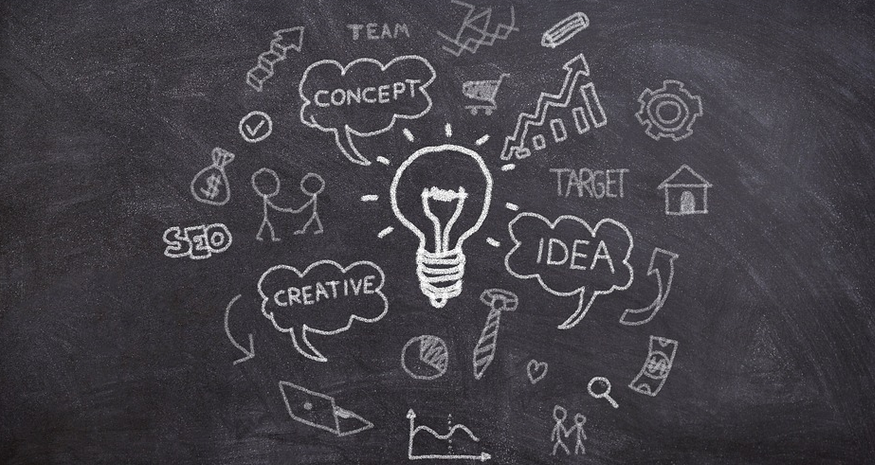The Mystery Behind the Beverage Bottles
You know that feeling when you’re sipping on a refreshing soda, your favorite brand practically synonymous with happiness? It’s almost like a secret handshake between you and the bottle. But have you ever stopped to wonder about those last names emblazoned across the sides – Coca-Cola, Pepsi, Dr Pepper?
These aren’t just random monikers; they hold centuries of stories woven into their very essence. They’re tales of entrepreneurs bold enough to dream big and take a leap of faith, tales that helped shape the world as we know it.
The Birth of Brands: A Mix of Fortune & Creativity
The story begins in the late 19th century with America’s booming industrial revolution. As machines roared into existence, people yearned for a taste of convenience and innovation. This need led to the creation of iconic brands that would forever alter the landscape of our world.
Take Coca-Cola. In 1886, John Pemberton, a pharmacist in Atlanta, Georgia, concocted his very own elixir. A blend of secrets – though we’ve learned more about the recipe over time – this drink was marketed as a “brain tonic” and quickly became an addictive sensation. Its success was largely driven by its marketing prowess.
The story doesn’t end there, though. It’s also crucial to understand how brands like Coca-Cola embraced and exploited social trends to their advantage. They understood the power of advertising in those early days, using catchy slogans and imagery that resonated with audiences across generations.
Pepsi, on the other hand, emerged as a competitor in 1893. They were initially just a small company but quickly gained traction by emphasizing affordability and wider accessibility. The brand’s marketing strategy emphasized that it was for all – the working class, the striving families, anyone wanting the taste of something new.
Both Coca-Cola and Pepsi capitalized on their founders’ vision in unique ways. But what truly set them apart was a relentless dedication to innovation. They experimented with different flavors, ingredients, and marketing campaigns, constantly seeking to capture consumer attention and preferences.
A Legacy of Innovation: Constant Evolution
The evolution of brands like Coke and Pepsi has been marked by constant innovation. They’ve introduced countless new flavors, formats, and marketing strategies to stay ahead in a fiercely competitive market. They’ve even ventured into new territories – from international expansion to creating products that cater to specific lifestyles.
Coca-Cola’s iconic red logo became an instant symbol of American ingenuity, while Pepsi’s playful slogan “Come Alive with Pepsi” resonated with a generation seeking excitement and adventure. The brands are known for their adaptability, constantly responding to changing consumer demands and expectations.
A Cultural Touch: Beyond the Bottle
The names on these bottles go beyond just labels; they carry a cultural weight that reflects the very essence of our shared history. They’ve become part of countless stories, from childhood memories to celebrations and everyday moments.
They even found themselves woven into popular culture, inspiring films, songs, and artwork. And as we all know, what’s more American than a little nostalgia paired with a fizzy beverage? The names on these bottles are not just branding; they’re a part of our cultural narrative.
Think about it – these last names have become synonymous with certain experiences. You can almost taste the history as you raise your glass of Coke or Pepsi, knowing that each sip is part of a larger story.
The Future of Brands: Staying Relevant
As we move towards the future, brands like Coca-Cola and Pepsi must continue to adapt and evolve. They need to embrace new trends and technologies while staying true to their legacy.
The essence of these brands lies in their ability to innovate and remain relevant in a world that’s constantly changing.
One thing’s for sure – the stories behind those last names will continue to unfold, shaping our cultural landscape and leaving an indelible mark on the beverage industry.


